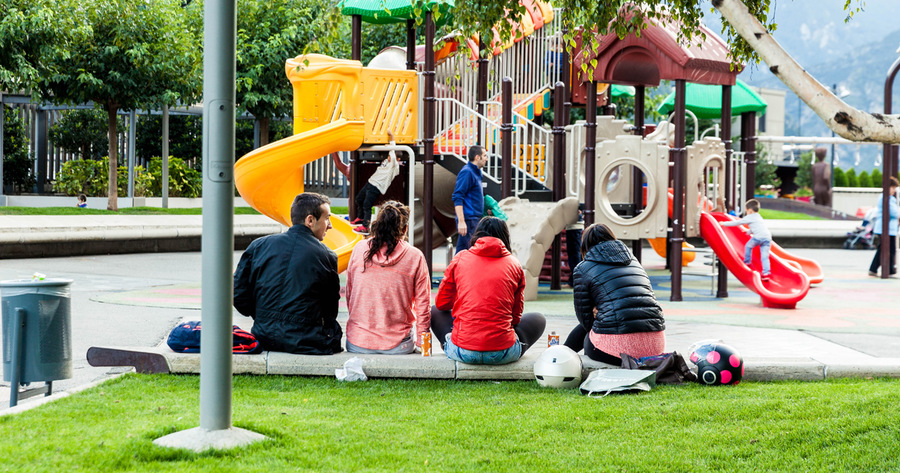It's a leading cause of death and nonfatal injuries in the United States, yet the impact extends well beyond physical consequences—affecting not just youth, but their families, schools and communities as well. As afterschool leaders and professionals, we have a responsibility to promote healthy and safe development for our young people, communities and employees—and a new resource from the U.S. Centers for Disease Control and Prevention (CDC) can help.
A Comprehensive Technical Package for the Prevention of Youth Violence and Associated Risk Behaviors is based on the best available evidence to prevent or reduce youth violence. It offers science-based strategies, which states and communities can use to stop and prevent youth violence.
Preventing youth violence requires commitment, cooperation and leadership from all sectors. Whether you're already working to prevent youth violence or have not yet begun, the technical package highlights six strategies that can be used for a variety of purposes.
1. Promote family environments that support healthy development.
2. Provide quality education early in life.
3. Strengthen youths' skills.
4. Connect youth to caring adults and activities.
5. Create protective community environments.
6. Intervene to lessen harms and prevent future risk.
While some strategies focus on forming relationships with young people and developing skills, and others on influencing the school and community, all strategies work together and reinforce each other. All are strategies that fall within the influential scope of quality afterschool programs led by strong leaders.
Healthy and safe development requires multiple, complementary stages—and those outlined in the technical package are based on the best available evidence to help communities by focusing on activities with the greatest potential to prevent youth violence and its consequences. Let's go, afterschool and community leaders—join the effort today!




